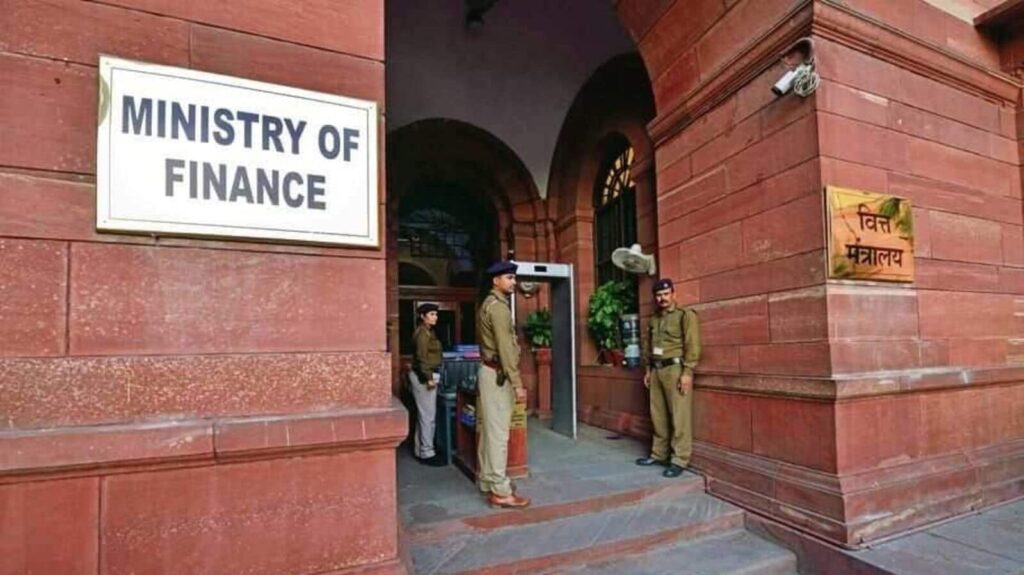Public sector banks grew 11% in first half of FY25, finance ministry data shows

Public-sector banks (PSBs) have maintained their strong performance, reporting 11% on-year growth in aggregate business at ₹236.04 trillion in the first half of FY25, the finance ministry said in a statement on Tuesday.
This high growth has been achieved through significantly improved performance of their credit and deposit portfolios. The global credit and deposit portfolios of PSBs grew by 12.9% and 9.5% on-year to ₹102.29 trillion and Rs. 133.75 trillion, respectively, in the first half of the financial year, the ministry said. Operating and net profit grew 14.4% and 25.6% to ₹1,50,023 crore and ₹85,520 crore, respectively, during the period.
The improved operational performance of PSBs was supported by lower levels of bad assets. Their gross and net non-performing assets stood at 3.12% and 0.63%, respectively, as of September 2024. The gross and net NPA declined by 108 basis points and 34 basis points on-year.
Banking reforms
The finance ministry attributed the improved performance to banking reforms such as Enhance Access and Service Excellence (EASE), the Insolvency and Bankruptcy Code (IBC), a robust governance framework, and the National Asset Reconstruction Company Ltd (NARCL). Review meetings chaired by finance minister Nirmala Sitharaman facilitated deliberations on a range of current and emerging issues with the chief executives of PSBs, the ministry added.
“The reforms and regular monitoring have addressed many concerns and challenges, and resulted in setting-up enhanced systems and processes for credit discipline, recognition and resolution of stressed assets, responsible lending, improved governance, financial inclusion initiatives, technology adoption etc,” the ministry said. These measures have led to sustained financial health and robustness of the banking sector, which is reflected in the current performance of PSBs, it added.
PSBs have also made significant progress on adopting new age technologies such as artificial intelligence, cloud and blockchain; upgrading existing digital infrastructure; tackling cybersecurity risks; and taking steps to provide best-in-class customer services, the ministry said.








